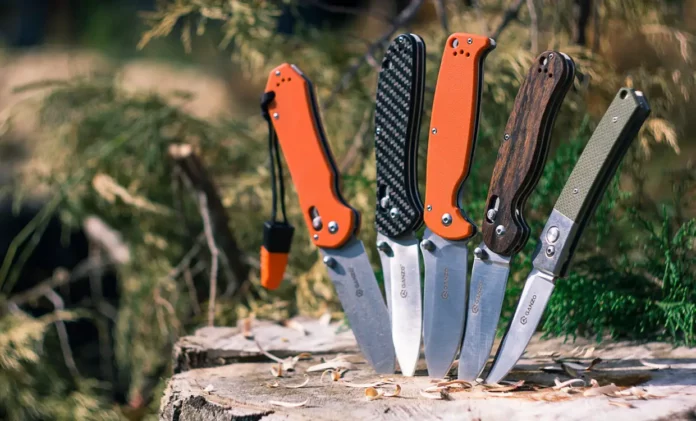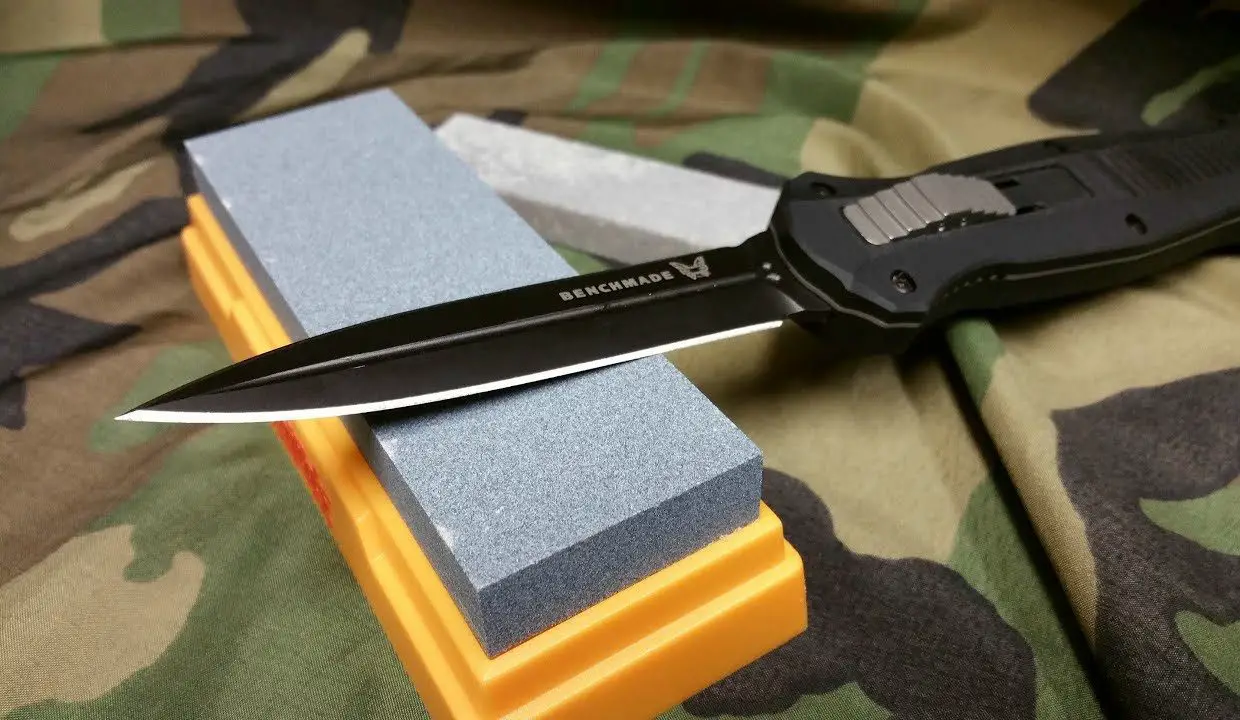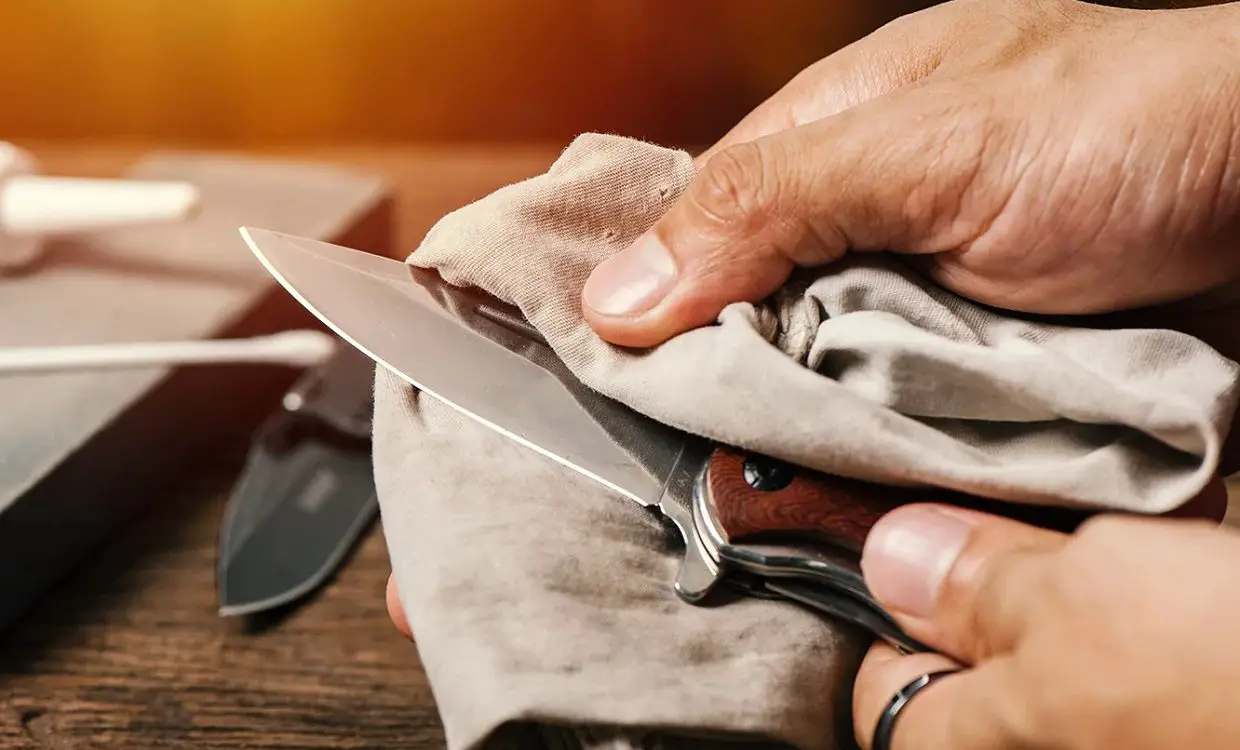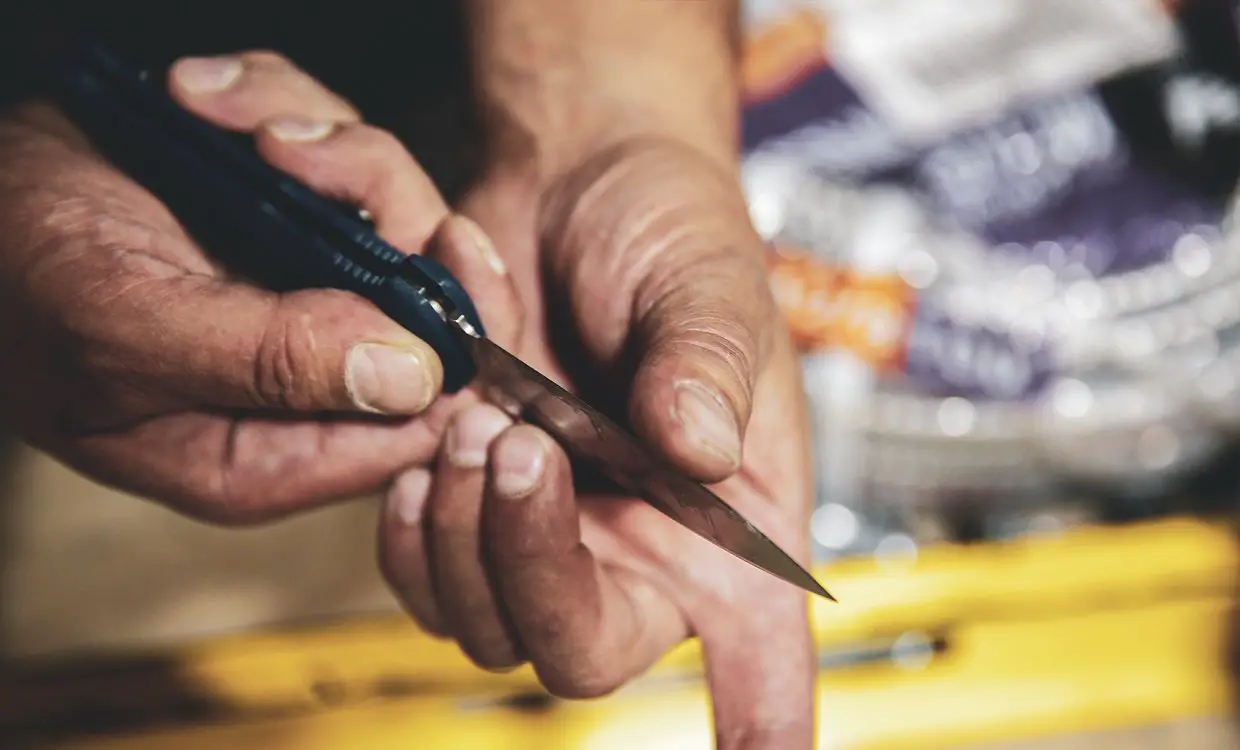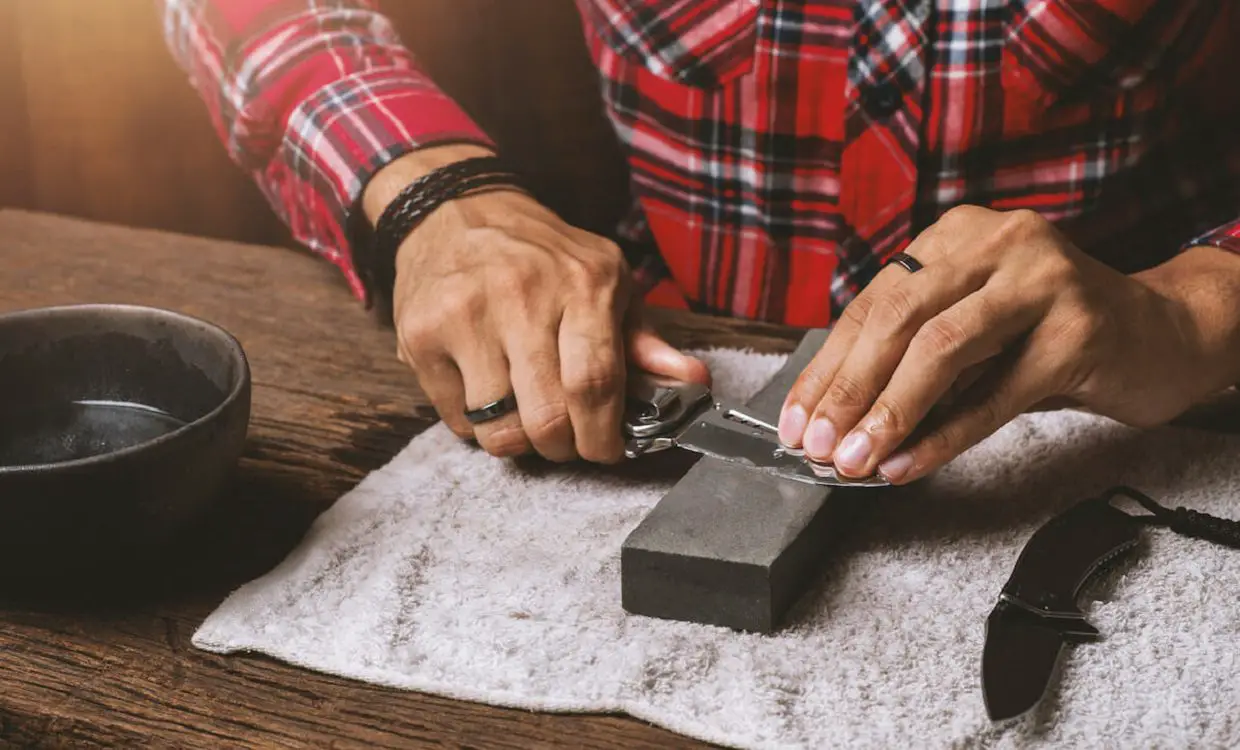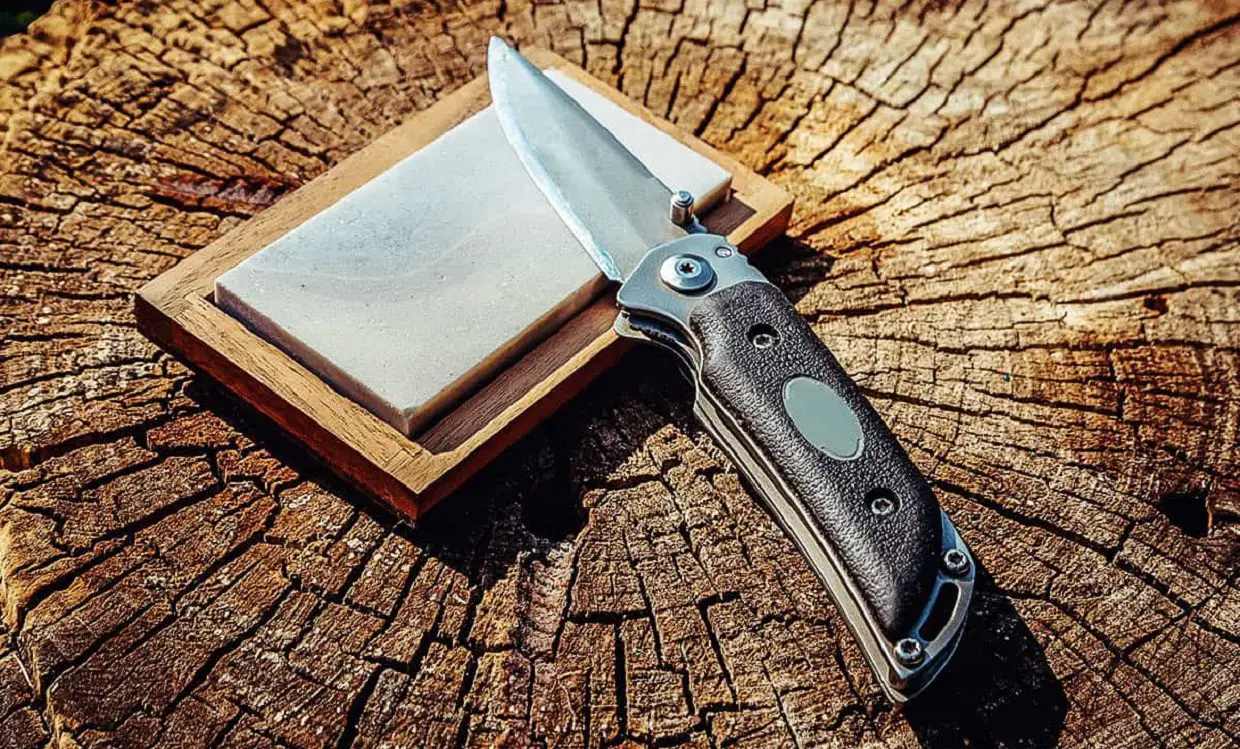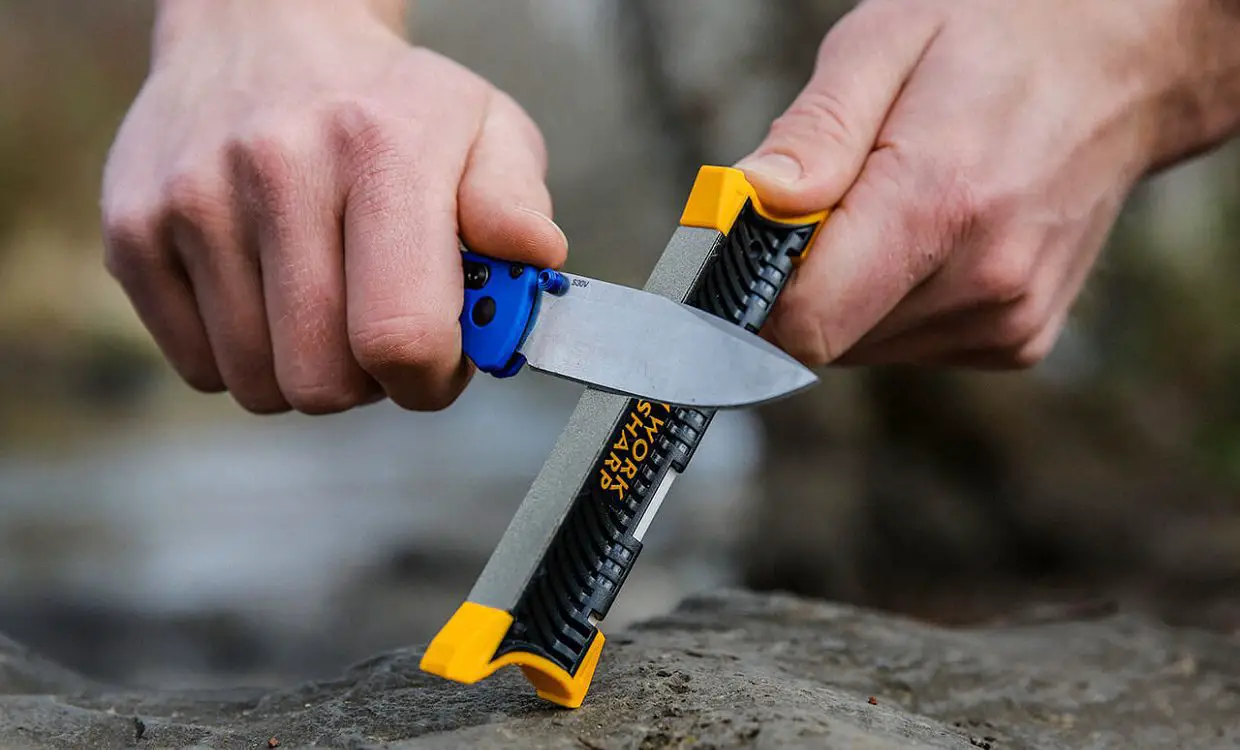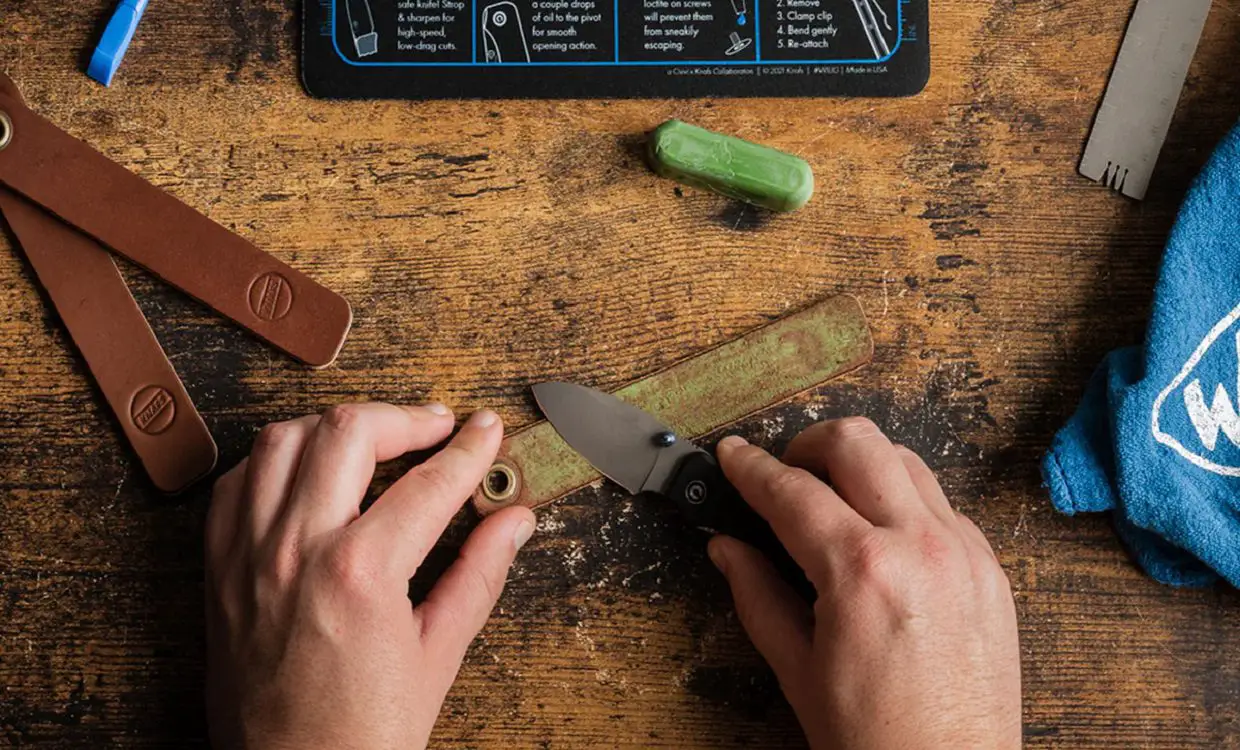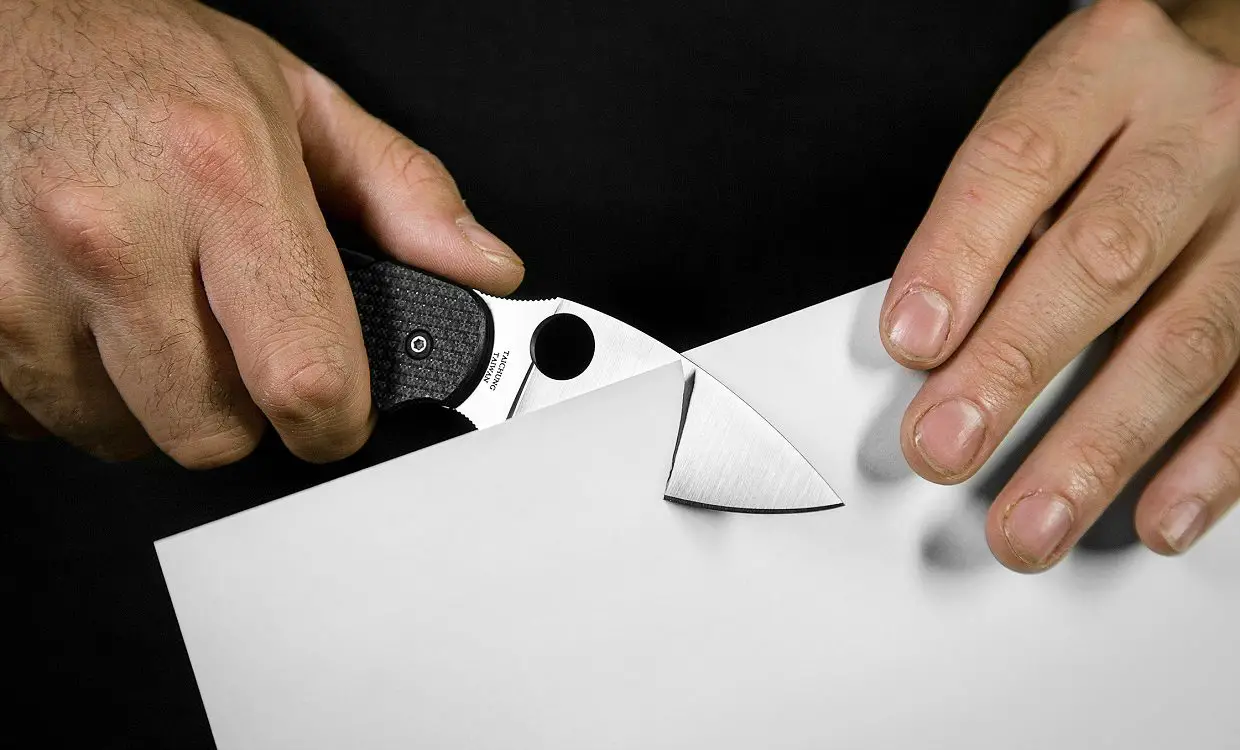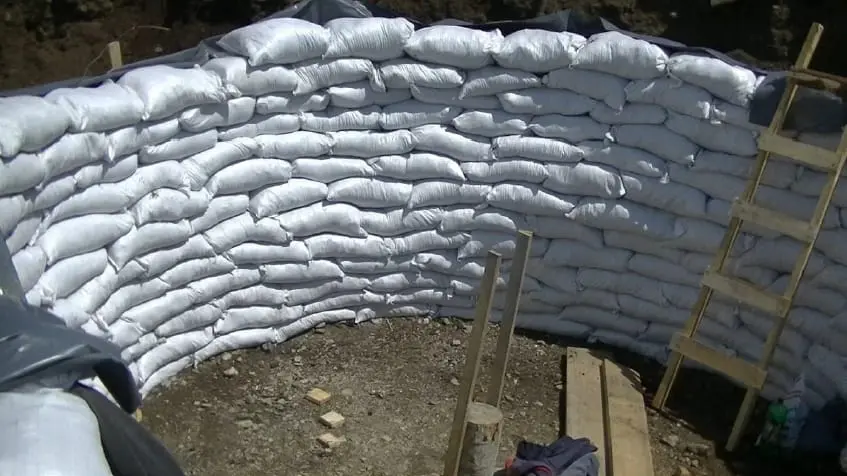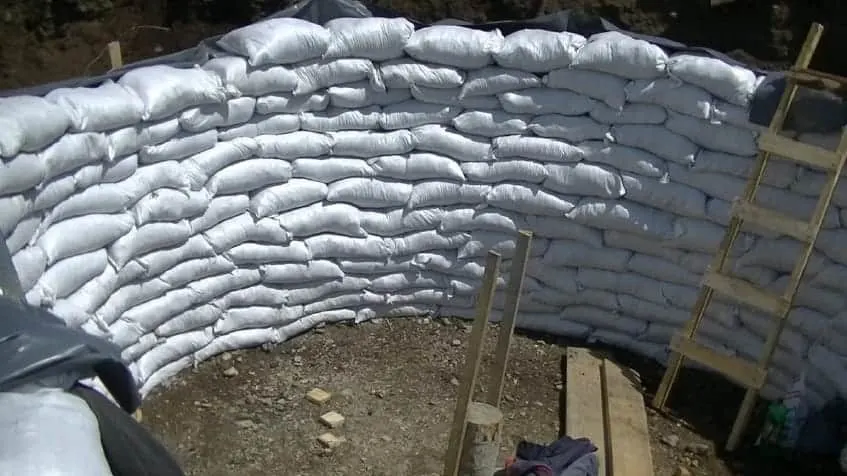SHTFPreparedness may collect a share of sales or other compensation from the links on this page.
A pocket knife or pick knife is an enormously valuable device. It can be useful in a variety of scenarios.
You can do anything, from cutting rope to self-defense, in an emergency. A dull pocket knife, on the other hand, can be inconvenient and even hazardous.
You are not alone if you have encountered the problem of a blunt blade. Many people have a dull pocket knife, but not everyone knows how to sharpen a pocket knife.
In this text, we’ll walk you through a few simple steps to pocket knife sharpening. Whether a traditional folding knife or a modern multitool, you will learn how to sharpen a pocket knife at home.
By following our simple steps, you can restore your pocket knife to its former sharpness. You can ensure that it is always ready for any task.
Whether you’re a seasoned outdoorsman or just want to improve your DIY skills, finding the best way to sharpen a pocket knife is a valuable skill you can use repeatedly. So, grab your blunt pocket knife and get started!
Step 1: Choose Your Tools
To sharpen your pick knife, you can make use of a variety of tools. Many of them can be included in this list:
- Sharpening stones.
- Honing rods.
- Electric sharpeners.
Sharpening stones, which come in different grit sizes, are the conventional choice. Honing rods can be used to straighten and polish the edge of the blade.
The easiest and best way to sharpen a pocket knife is with an electric sharpener. The tool you select will depend on:
- Your personal preferences.
- Your financial situation.
- And the kind of knife you own.
Step 2: Clean Your Pocket Knife
Are you ready to learn how to sharpen a pocket knife? It’s great! But before you start sharpening your pocket knife, it’s essential to clean it.
This step ensures that no dirt or debris gets in the sharpening process. It will help you prevent damage to the blade or sharpening tool.
Wipe the blade and handle with a clean cloth or paper towel, removing dirt or grime. You can also use a weak soap solution and lukewarm water for more thorough cleaning. You can move on to the next step when the knife is clean and dry.
Step 3: Find the Sharpening Angle (Or Bevel)
Finding the right sharpening angle (or chamfer) is crucial. It is how you can effectively perform pocket knife sharpening.
The angle measures the angle between the blade’s edge and the sharpening surface. Most pocket knives have a bevel angle of 20 to 25 degrees. But it can vary depending on the thickness and shape of the blade.
You can use a sharpening guide, an angle cube, or simply estimate it by eye to find the angle. It is important to get the angle right.
Sharpening at the wrong angle can damage the blade or make it less effective. Once you have determined the angle, you can move on to the next step of how to sharpen a pocket knife at home.
Step 4: Start Sharpening Your Pocket Knife
Do you have the proper sharpening tool in your hand? Then it’s time to start sharpening your pocket knife.
Place the blade on the sharpening surface, making sure to maintain the correct angle. Be sure to maintain the correct angle throughout the sharpening process.
Using light pressure, move the blade across the surface in smooth, consistent motions, working on both sides of the blade. You can apply light pressure for better pocket knife sharpening.
Step 5: Start With the Coarse Grit Stone. Then Move On to Finer Grit Stones
If you use a sharpening stone, you should start with the coarsest stone. Then we recommend gradually moving on to finer stones.
A coarse-grained stone will remove nicks and chips from the blade. Finer-grained stones refine the edge and polish it to a razor-sharp finish.
Run the blade over the coarse stones in smooth, consistent motions. Repeat this process on smaller and smaller stones until you achieve the desired sharpness.
Remember to clean the blade between each stone to remove metal shavings or debris.
Step 6: Sharpening the Blade
So, once again, take the knife at the right angle and run it across the sharpening surface smoothly. Use light pressure and repeat the process on both sides of the blade. As necessary, move on to finer grit stones until you achieve the desired sharpness.
It is important to keep a constant angle throughout the sharpening process when thinking about how to sharpen a pocket knife well.
That way, you won’t damage the blade or reduce its effectiveness. Once you have sharpened the blade, move on to the next step. There you can refine the edge and give it a polished surface.
Step 7: Strop Your Blade
Stropping is essential in maintaining a razor-sharp edge on your pocket knife. You’ll need a strip of leather and some honing compound to strop your blade.
Apply the honing compound to the leather and hold the blade higher than the sharpening angle. Draw the blade across the leather in a smooth, consistent motion using light pressure.
Several times, go through this process on both sides of the blade. The process of honing a pocket knife gets better. It will remove any burrs left behind after sharpening. Your pocket knife should now be sharp and ready to use.
Step 8: Check the Sharpness of Your Blade With the Paper
Checking the sharpness of your pocket knife blade is an important final step in how to sharpen a pocket knife.
To do this, hold a piece of paper firmly in one hand. With the other hand, run the blade across the paper, gently cutting it.
It is sharp and ready to use if the blade cuts through the paper easily, without snags or tears. If it does not cut cleanly, you may need to repeat the sharpening process or sharpen the blade again. Once the blade is sharp, you can safely use a pocket knife.
Conclusion
Sharpening a pocket knife is a straightforward operation. It requires only a few instruments and practice.
Using these procedures, you can keep your pocket knife sharp and ready to use whenever needed.
Take your time and maintain the proper sharpening angle. You’ll be alright if you keep your blade clean and tidy.
References:
Bonus: Root Cellar That Can Be Used as a Bunker
Do you remember the old root cellars our great-grandparents used to have? In fact, they probably built it themselves, right in their back yard.
If you want to learn how to build a backyard bunker like your grandparents had, without breaking the bank, then you need Easy Cellar.
Easy Cellar will show you:
- How to choose the ideal site
- Cost-effective building methods
- How to protect your bunker from nuclear blast and fallout
- How to conceal your bunker
- Affordable basic life support options
Easy Cellar will also reveal how a veteran, with only $421, built a small nuclear bunker in his backyard.


